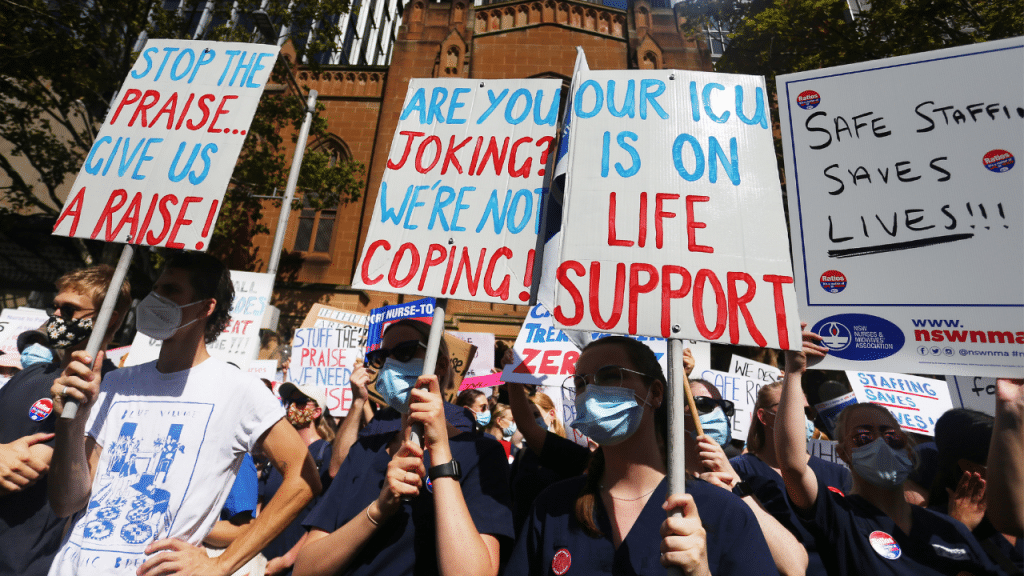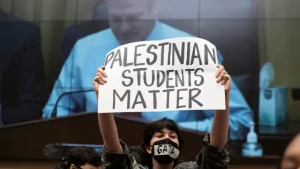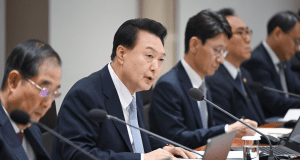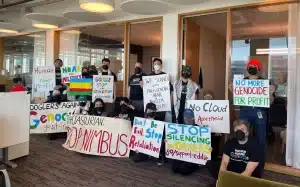Originally published in Red Flag
On February 15, nurses and midwives across Australia in New South Wales’ public health system went on strike to secure a pay increase, shift-by-shift staffing ratios, and proper COVID-19 compensation. Nurses, midwives and their supporters rallied at around 30 different locations, including Newcastle, Bega, Tamworth and Broken Hill and came from around 150 hospitals across the state. It was the NSW Nurses and Midwives Association’s first state-wide strike since 2011.
The success of the strike came despite a last-minute ruling by the Industrial Relations Commission that ordered the union to call off the action. The Commission accepted the arguments put by NSW Health that the strike posed a risk to public health and safety.
But it has been the actions of NSW Health that have consistently posed a risk to public health and safety, and nurses who have been left to deal with the consequences. The state government’s “let it rip” policy, which has the support of NSW Health, has had a devastating impact on the provision of health services in New South Wales, and taken a huge toll on health workers. But it’s only been the threat of a strike that has roused the government into showing concern for public health, not their own terrible mismanagement of the pandemic.
Speeches at the rally that attacked the Commission’s decision were met with enthusiastic cheers. The crowd rightly saw its decision as doing the state government’s bidding and counter to the public’s interest in a functioning healthcare system.
The central demand of the rally was for more staff and safe staff to patient ratios at all times, across all hospital wards and departments, and in all community and other health facilities. Hearing some of the horror stories from rally attendees, it was obvious why health workers are demanding this. From the front of the rally, Westmead hospital union branch president Skip Blofield described staffing levels so inadequate that urgent, life-saving surgeries like coronary bypasses and liver resections were being delayed, and patients who required ICU-level care were being admitted to normal wards, because the intensive care unit has been so overrun. A Campbelltown hospital Emergency Department nurse told Red Flag that a busy day could see ratios of one nurse to two patients in resuscitation bays in the department, and sometimes up to five patients for every nurse in acute care. The union is demanding ratios of 1:1 in resuscitation bays and 1:3 in the emergency department overall. A nurse at Royal Prince Alfred hospital told Red Flag that there was often one nurse for every eight patients on acute and surgical wards, far exceeding the union’s demand of no more than 1:4.
A repeated theme of the mass of hand-written placards across the rally was the terrible conditions caused by these inadequate staffing ratios—from “This is not a casino, stop gambling with people’s lives” to “Pull out your purses and give us more nurses” to “Domicron Perrottet, Stop let it rip lucky dip”. Stories of nurses and midwives doing shifts as long as 16 or 18 hours, skipping meal breaks and struggling to take toilet breaks or drink enough water for entire shifts are widespread. Rally speakers emphasised that these conditions have been worsened by the pandemic but are not new—nurses and midwives had been facing these conditions for years.
Midwives at the rally demanded that “babies count” when determining their staffing levels. Postnatal wards are staffed according to the number of adult patients, and babies are not included in the calculation of how many midwives are needed on shift. A midwife from the southwestern Sydney Local Health District explained: “if you already have to take a mother’s observations on an hourly basis, you’re a bit busier when the baby requires extra observations for whatever reason…Multiply these tasks by six to seven to cover the usual number of mother/baby pairs you’re looking after on a normal day, alongside other work needed to keep the ward running smoothly, and the job nearly becomes impossible. It is ridiculous to treat caring for babies as a fun add-on to the job that doesn’t need to be included in the ratios, as if we’re not highly trained professionals delivering specialised care”.
The other key demand of the strike was for a decent pay rise. Nurses have been offered only 2.5 per cent pay increases throughout the pandemic, in line with the public sector pay freeze that has held their pay down since 2011. To add insult to injury the government slashed the scheduled 2.5 percent pay increase due in late 2020 to 0.3 percent, making New South Wales nurses the lowest paid in the country. The “increases” that the government has offered are well below inflation. An offer of 2.5 percent is an insult—a pay cut as the cost of living in Sydney continues to soar. As placards put it succinctly, “F*ck the praise, where’s the raise?” and “‘Thank you’ doesn’t pay my bills”.
So far, both demands have been rejected by the state government. Premier Dominic Perrottet has claimed that ratios “aren’t effective”, despite conclusive evidence that ratios save lives and universally improve clinical outcomes for patients. Health minister Brad Hazzard has described the strike as “unfortunate” and ruled out legislating ratios, saying that they “would cost a billion dollars”. Despite all the government’s rhetoric about how heroic frontline workers are, they haven’t offered a cent more on pay.
However, the strike has hit the government where it hurts and built animosity toward their profits over health policies. The media have widely covered it, and the strike has mass support from the public. While an opportunity for a joint strike with other public sector unions was missed (rail workers and teachers have both taken industrial action recently) the breadth of support for the nurses was shown at the rally by contingents from many other unions, including the Public Service Association, the Rail, Tram and Bus Union and the NSW Teachers Federation, as well and the construction and maritime union.
Toward the end of the rally, the speaker asked the crowd to raise their hand if they were prepared to strike again to achieve their demands. To cheers, everyone in the crowd raised their hand.










